The Milanese cutlet is an icon of Lombard cuisine, a milestone that embodies the gastronomic tradition of Milan. This delicious dish is known for its golden and crunchy breading, which wraps a tender slice of veal. The Milanese cutlet is a symbol of elegance and simplicity, representing the best combination of fine cuisine and the genuineness of local flavors. It goes well with various contours that we will discover together.
For now you just have to find out how to prepare the traditional cutlet alla milanese.

How to cook cutlet alla milanese: history, origins
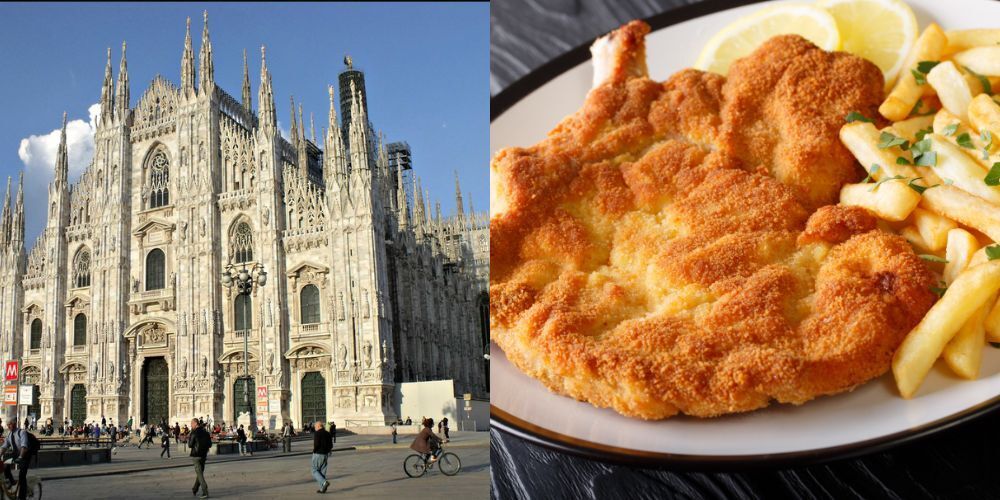
The Milanese cutlet is a traditional dish of Lombard cuisine, and its origin dates back to the fifteenth century. The most accredited version tells that the recipe was introduced in Milan by the chefs of the Spanish court of Ferrante I Gonzaga, who married Isabella of Aragon in 1489. Spanish cuisine at the time included similar dishes, such as the "escalopes panées", which may have inspired the creation of the Milanese cutlet.
There are also other versions of history, some dating back to the Middle Ages. In fact, Pietro Verri in his volume "Storia di Milano" talks about an episode related to the origin of the cutlet in Milan. September 17, 1134 was the day of the name day of the brother of Bishop Ambrose, Satyr. For the occasion the canons of the Basilica of Sant'Ambrogio were offered a banquet based on rich dishes, including breaded and fried ribs. It seems that the technique of breading was made to simulate the gold covering that in some large noble families was used to cover the food.
But without going too far into the story, let’s see how to cook an excellent Milanese cutlet, following the original recipe.
In case you are visiting Milan remember to taste it in one of the typical taverns that are located in the city.
Visit Milano with the official City PassThe ingredients
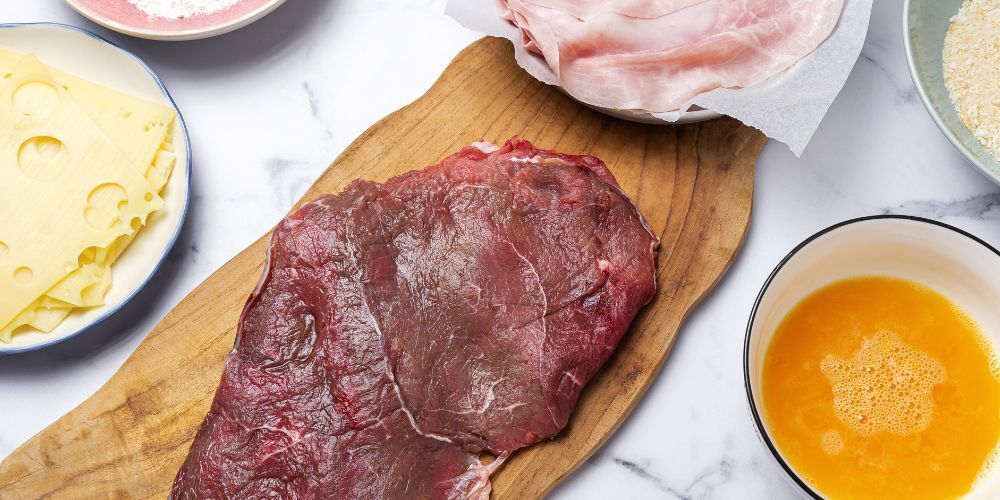
Let’s start with the ingredients for cooking cutlet milanese style. Below we indicate the ones that are used for the preparation of four cutlets.
Ingredients:
- 4 veal loin cutlets (about 3 cm thick)
- 450 grams of clarified butter
- 2 eggs
- 200 grams of breadcrumbs
- Maldon salt
The veal loin generally has to have the bone, but can also be cooked one without and finer than the one indicated in the ingredients. As we will show you, in fact, there are numerous variations of this dish. The important thing is to always keep the same setting with the breading and the choice of clarified butter for cooking.
How to cook an excellent Milanese cutlet
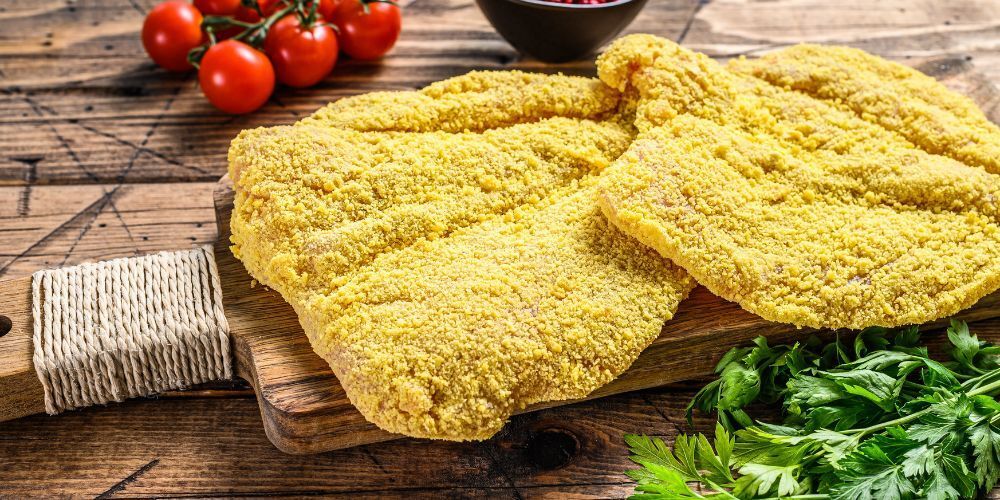
At this point we see step by step how to cook an excellent Milanese cutlet.
The first step to preparing a perfect Milanese cutlet is the choice of meat. Opt for thin slices of veal, ensuring they are soft and free of ribs. Ask your butcher to prepare them with a uniform thickness in order to have an equal cooking.
Breading is a crucial element in achieving that irresistible crunchiness. In a bowl, mix high quality breadcrumbs with finely chopped parsley, salt and pepper. Some traditional cooks prefer to add a touch of grated lemon peel for extra freshness. You choose this last step.
Coat the veal slices evenly. Pass them first in flour, then in beaten eggs and finally in the mixture of breadcrumbs. Press the breading well on the meat for optimal adherence. Heat a large amount of olive oil in a large pan. When the oil is hot but not steaming, lay the cutlets and cook them on both sides until you get a uniform browning.
Once cooked, lay the cutlets on paper towels to remove excess oil. This step is essential to preserve the crunchiness of the breading and ensure a perfect consistency.
At this point you just have to serve your cutlet.
Side dishes
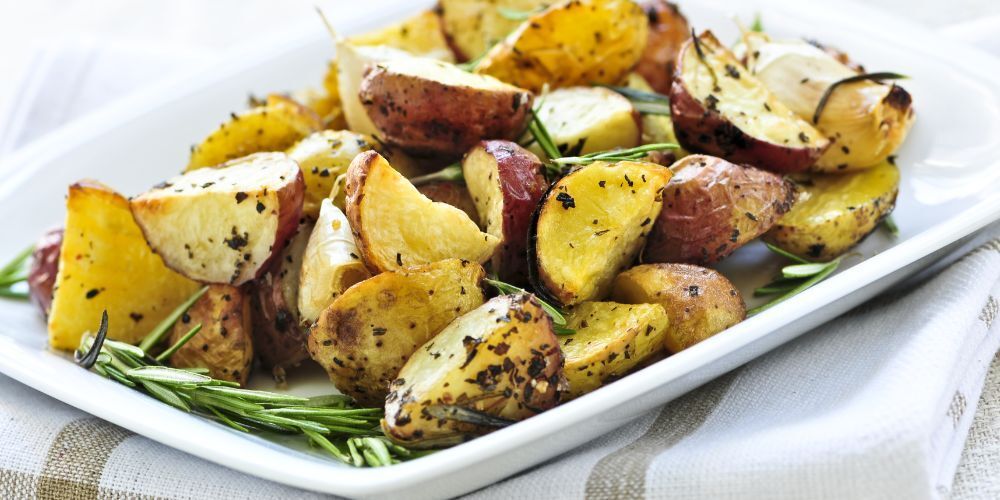
Like any self-respecting dish, the Milanese schnitzel has its own side dishes. We have selected three of them to present as ideas. Of course you can also match what you prefer according to your tastes.
A classic side dish is arugula salad and cherry tomatoes. The freshness of the arugula and the sweetness of the cherry tomatoes go perfectly with the cutlet, creating a balanced contrast.
If you think about the cutlet, think about the roast potatoes. They are the most classic counter. Potatoes cut into wedges and roasted in the oven are a side dish that goes beautifully with the Milanese cutlet.
Finally, consider the tuna sauce. Less frequent, but very tasty. A light and creamy tuna sauce can be a delicious seasoning to further enrich the flavor of the cutlet.
The variants of the Milanese cutlet
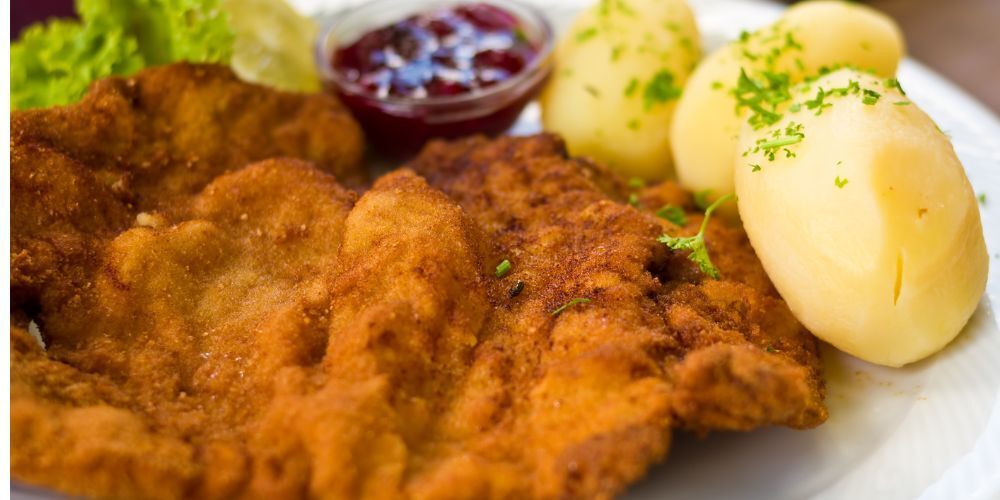
After knowing the story, understanding how to cook it and accompany it, it seems correct to conclude by giving you an overview of the variants of the Milanese cutlet. There are many in many countries around the world. Here is a short list.
Wiener Schnitzel, Austria. The Milanese schnitzel directly influenced the famous Austrian schnitzel. Similar in preparation, this variant uses breaded and fried veal, often served with a slice of lemon for a touch of acidity. Wiener Schnitzel has become a classic of Austrian and central European cuisine.
Tonkatsu, in Japan (think about it!). In Japan, the Milanese schnitzel inspired the Tonkatsu, a Japanese version of fried breaded pork cutlet. It is often served with tonkatsu sauce, a sweet sauce made from tomato, apple and spices, which adds a unique flavor to the dish.
Chicken Fried Steak, in the United States. In the USA, the Milanese cutlet has found its interpretation in the "Chicken Fried Steak". Made with beef, breading is often prepared with flour and spices, then fried and served with a rich meat sauce.
La Milanesa, in Argentina and South America in general. The "Milanesa" is the South American version of the Milanese cutlet, popular in Argentina and other countries of the region. Usually made with beef or chicken, milanesa is often served with lemon and French fries, becoming a popular dish throughout Latin America.
Schnitzel Holstein, Germany. Here the Milanese schnitzel influenced the creation of the "Schnitzel Holstein". This dish combines a breaded veal cutlet with a fried egg, capers and anchovies, adding a rich and tasty twist to the tradition.
The last but not the least, the Escalope Milanese, in France. In this case, the cutlet alla milanese has been adapted as "Escalope Milanese". Prepared with veal, the French version often includes a touch of butter and parsley in the preparation, giving it a delicate and refined taste.
About the author
Written on 11/03/2024



Lorenzo Braccini
In a few simple steps we will guide you on how to cook the famous and inimitable Milanese cutlet.